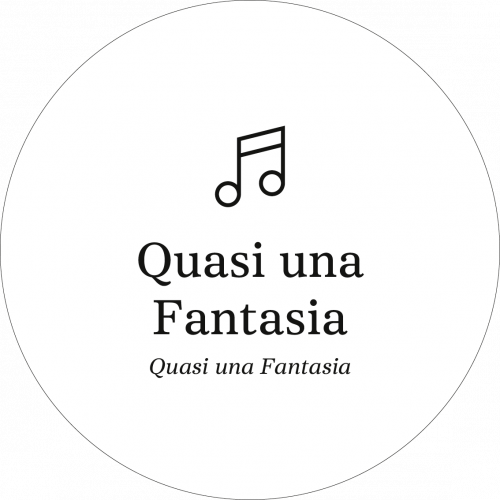The blue flower is the most famous and most enigmatic symbol of Romanticism. In the form known today, it goes back to Novalis, who introduced it to literature in his novel Heinrich von Ofterdingen. The display case presents the autographic title page on which Novalis also drafted the opening sonnet. The sheet is one of the few manuscripts of part one of the novel to have survived. It also shows that the originally intended title was “Heinrich von Afterdingen”. Ludwig Tieck and Friedrich Schlegel gave the book the title by which it is known today when they had it published in 1802 from among their friend’s literary remains.
The blue flower turns up right in the first few pages of the novel. A stranger has told young Heinrich about a magical flower. Now he desires nothing more than to see it. That very night, he dreams of a glittering blue cave, a river he swims across, and finally a meadow on which he finds the wonderful flower. It bends towards him, grows, and touches him with its shiny blue petals. In its calyx he recognizes a tender face that will accompany him henceforth as a promise.
As the novel unfolds, Heinrich becomes a wandering minstrel. In other words, he devotes himself to poetry, song, and the arts. That is also what the blue flower stands for — the arts, and above all the Romantic longing for the unattainable and the unending, the scarcely nameable things that appear to one in dreams and semi-waking states. For a time, Heinrich finds fulfilment in Mathilde, whose face he recognizes as the one in the flower. Then, however, he continues on his way alone.
The motif of the blue flower was adopted immediately. Hardly had Heinrich von Ofterdingen come out in print than Clemens Brentano, for example, made the flower the key symbol of his poem Am Rheine schweb ich her und hin (At the Rhine I Waver Back and Forth).
Objects
-

LUDWIG VAN BEETHOVEN
Klaviersonate Nr. 14 cis-Moll, 1801
1. Satz: Adagio sostenuto. Sylvia Ackermann (Hammerflügel von Melchior Guante, Münster 1795). Deutsches Romantik-Museum 2021.
-
FRIEDRICH VON HARDENBERG (NOVALIS)
Heinrich von Afterdingen. Ein Roman von Novalis. Erster Theil. Die Erwartung (Anfang 1800)